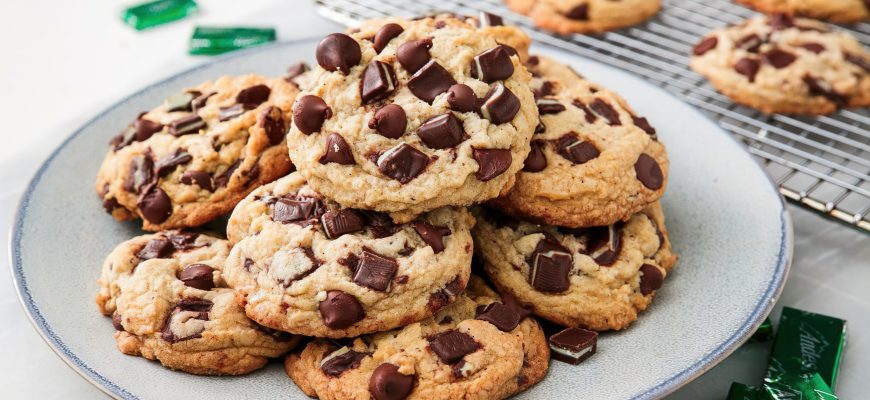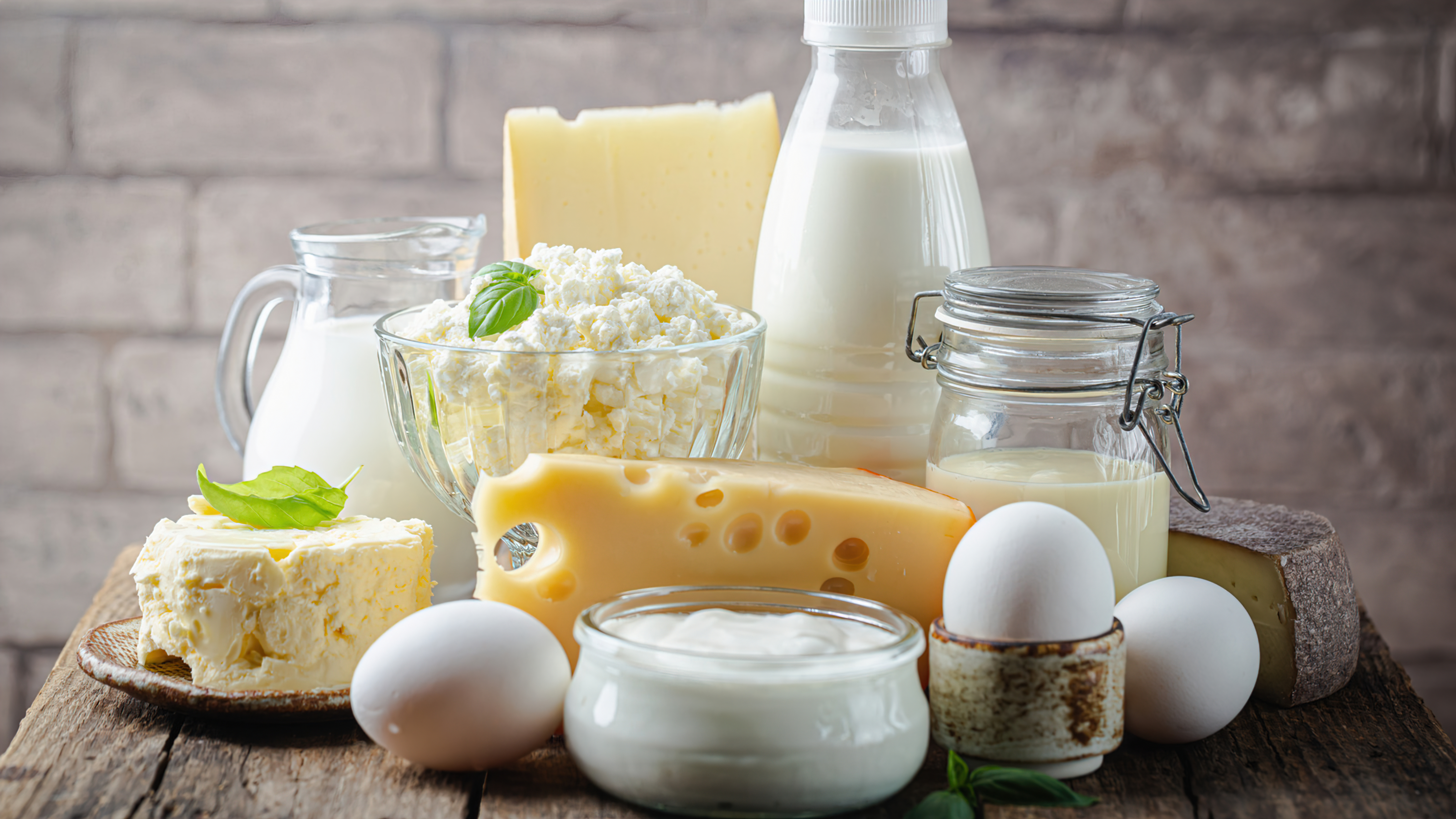The Art of Egg-Free Baking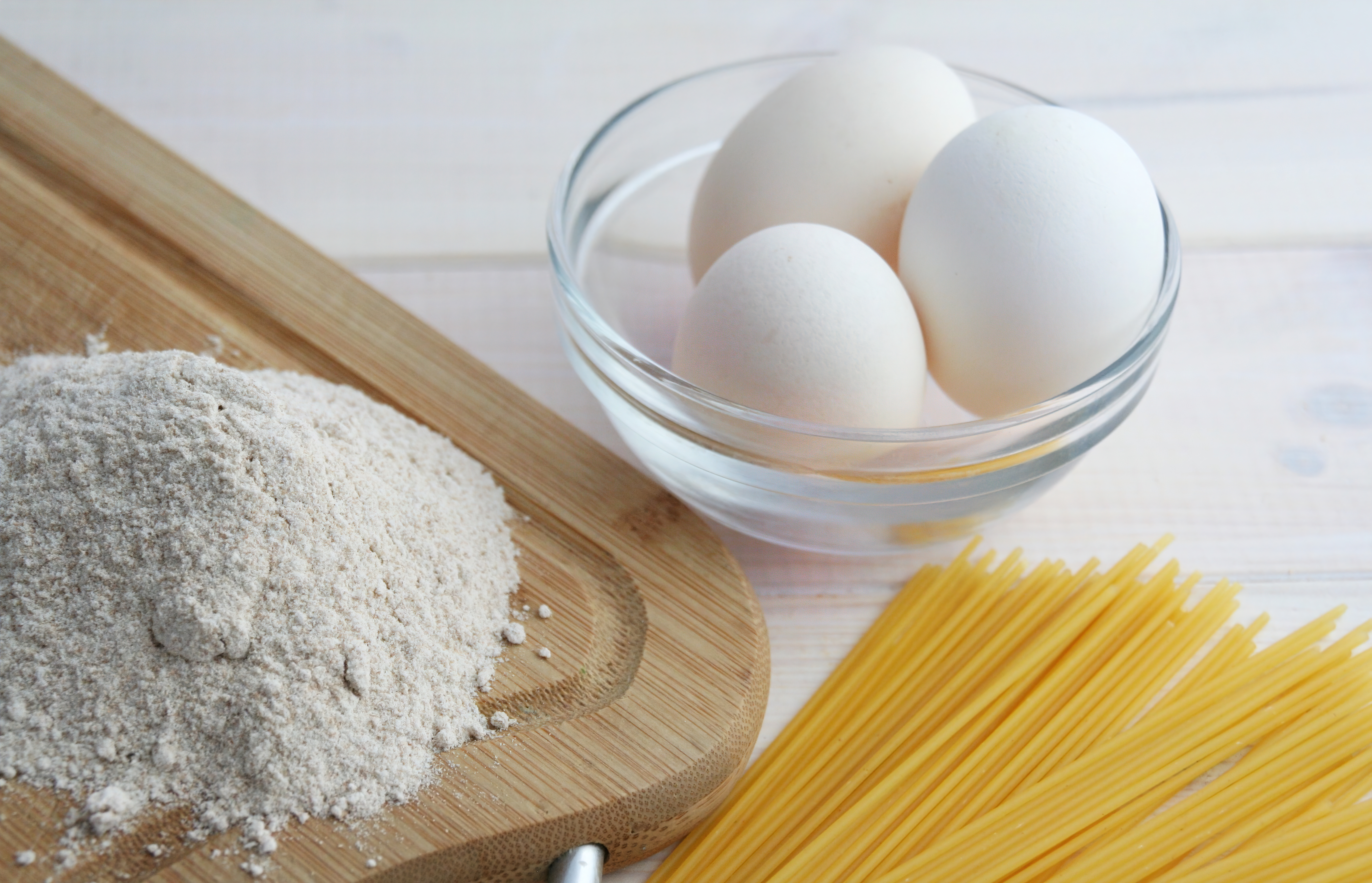
One of the most significant challenges vegan bakers face is finding the perfect egg substitute. Eggs, in traditional baking, offer structure, moisture, and binding. But worry not! The world of vegan baking has evolved, offering multiple alternatives that yield just as delightful results.
- Applesauce: An excellent choice for moist cakes and muffins. A quarter cup can replace one egg.
- Bananas: Mash half a banana to substitute for one egg. Perfect for pancakes!
- Flaxseeds: A mix of one tablespoon flaxseed and three tablespoons water can replace one egg. This concoction is ideal for cookies and pancakes.
- Silken Tofu: Blended silken tofu provides moisture to baked goods like brownies.
Beyond Eggs: Dairy and More
Transitioning to vegan baking isn’t just about egg substitutes. Dairy products like milk, butter, and cream also find their plant-based counterparts.
- Milk Alternatives: From almond milk to oat milk, choose the one that complements your dish best.
- Coconut Oil or Vegan Butter: A straight swap for butter in most recipes.
- Cashews: Soaked and blended cashews can mimic the creaminess of traditional dairy in cheesecakes and frostings.
Sweetening the Vegan Way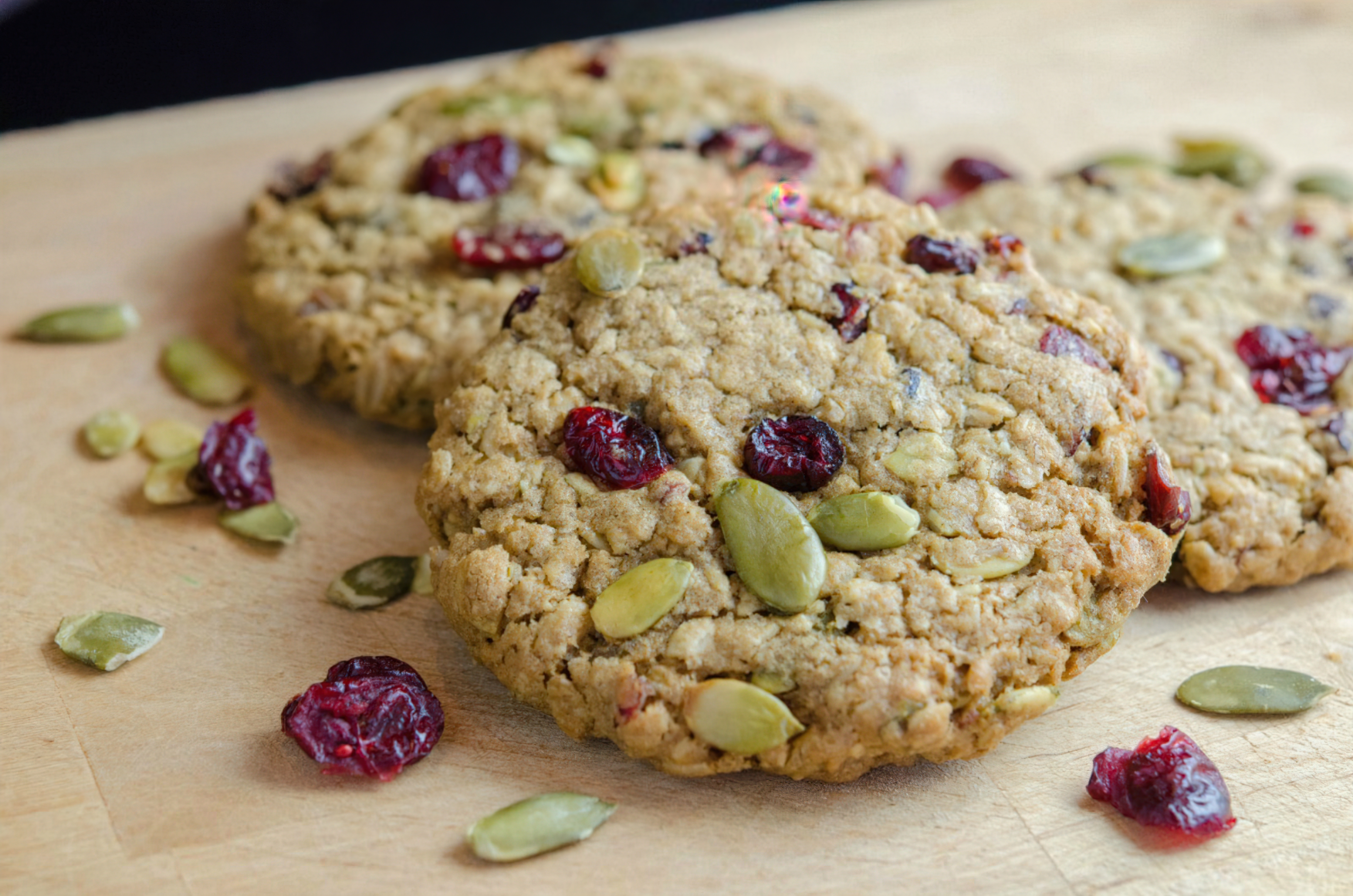
Refined white sugar often undergoes processing with bone char. Vegan bakers have a myriad of alternatives that keep their treats sweet and cruelty-free.
- Agave Nectar: A natural sweetener derived from the agave plant.
- Maple Syrup: Not just for pancakes! Its liquid form might require adjustments in the recipe.
- Coconut Sugar: Has a low glycemic index and works well in cookies and cakes.
Top Tips for Flawless Vegan Baking
Success in vegan baking hinges on understanding the chemistry and having a bit of creativity.
- Be Patient: Vegan substitutes might change baking times slightly. Keep an eye on your treats!
- Experiment: Not every substitute works for every dish. Trial and error lead to perfection.
- Stay Updated: The vegan community is innovative. New products and techniques emerge regularly. Stay plugged in to reap the benefits.
Finding the Right Flour for Vegan Baking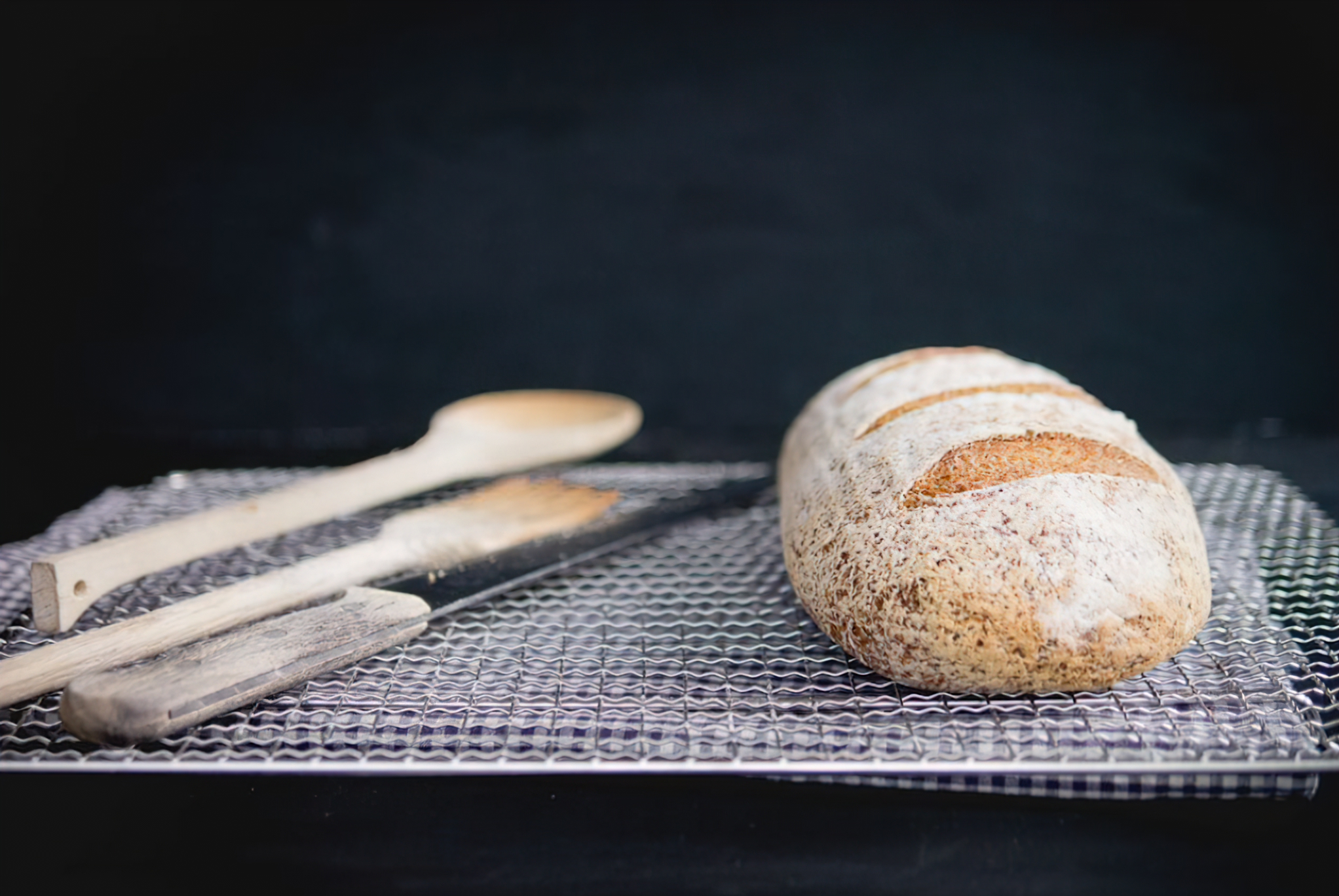
Vegan bakers often look beyond all-purpose flour to discover a world teeming with diverse, nutritious options.
- Almond Flour: An excellent gluten-free choice, imparting a nutty flavor, perfect for cookies and crusts.
- Oat Flour: Gives a natural sweetness. Ideal for muffins and pancakes.
- Chickpea Flour: Not just for savory dishes! It’s a protein-packed option suitable for dense cakes and bread.
The Science of Vegan Leavening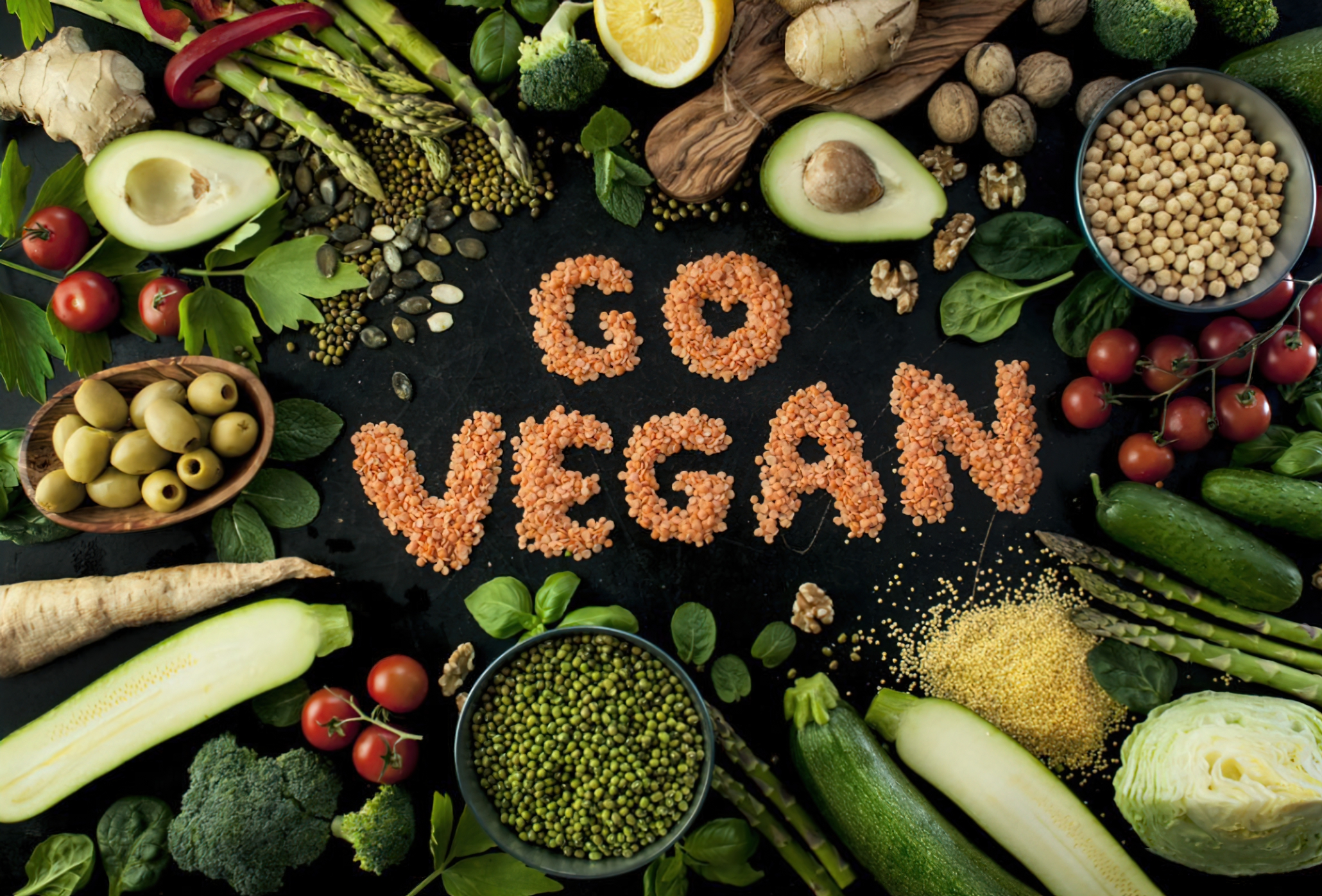
Without eggs, ensuring your baked goods rise beautifully requires a bit more science.
- Baking Soda & Vinegar: The interaction produces carbon dioxide, causing your mixture to rise.
- Nutritional Yeast: Often used in vegan cheese, it can also help certain doughs rise.
- Lemon Juice: When mixed with baking soda, it can act as a leavening agent in pancakes.
The Importance of Texture in Vegan Baking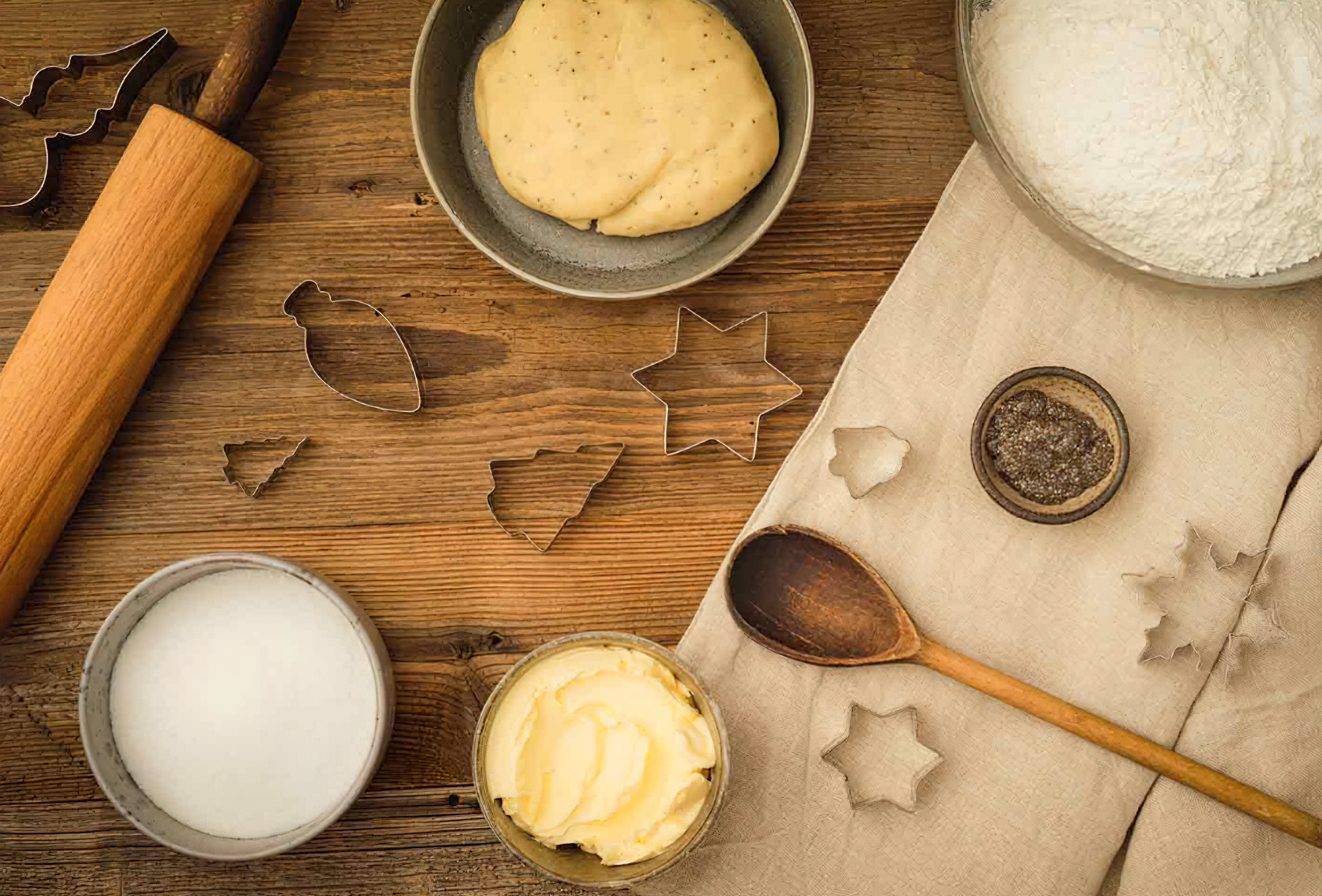
Texture can make or break a baked treat. Here’s how to keep everything from cakes to cookies just right:
- Xanthan Gum: A binding agent that can help give vegan baked goods a more traditional texture.
- Agar-Agar: Derived from seaweed, it’s a vegan alternative to gelatin, perfect for setting desserts.
- Chia Seeds: When soaked, they form a gel-like consistency, useful in puddings and as an egg substitute in certain recipes.
Conclusion: The Joy of Vegan Baking
Vegan baking, with its plethora of ingredients and techniques, might seem daunting initially. But as with all culinary arts, passion, practice, and patience lead to perfection. Embrace the journey, and soon, your kitchen will radiate with the aroma of delightful vegan treats that’ll leave everyone asking for more.
Tip: Whether you’re vegan or just experimenting, always keep an open mind. The world of vegan baking is vast and ever-evolving. Dive in, and you might just find your new favorite recipe!
